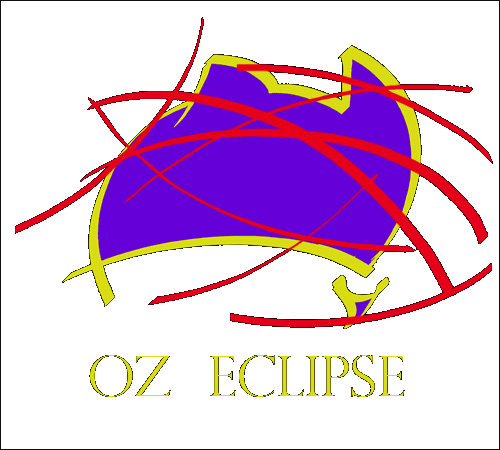
 |
WAITING FOR THE
SHADOW
Astronomical Observing, Eclipses, and Photography - Joseph Cali
|
| PHOTOGRAPHY | ECLIPSES | ASTRONOMY | HOME PAGE |
| Eclipse Event | Contact Label / Description | Time [EDT] |
| Penumbral Begins | P1 |
17:02:09.0 |
| Partial Begins |
U1 | 18:18:42.7 |
| Sunset / Moon rise |
Bright sky | 19:50 |
| Greatest Eclipse
|
GREATEST | 20:02:55.5 |
| Civil Twilight |
Light Blue Sky | 20:20 |
| Nautical Twilight |
Dark Blue Sky | 20:54 |
| Astronomical Twilight |
Dark Sky | 21:32 |
| Partial Ends
|
U4 | 21:47:06.9 |
| Penumbral Ends |
P4 | 23:03:43.8 |

| This photo above shows the faint dim red
disc of the totally eclipsed setting Moon taken about 20 mins before
sunrise and during civil twilight. It gives some indication of how
difficult it may be to see the rising eclipsed Moon. On Nov 19, the
Moon will have a brighter sunlit white cusp. As the twilight sky
darkens and the sunlit crescent grows, the Moon should fairly quickly
become easier to identify. In the table below I have listed in
chronological order, the various lunar eclipse phases as well as sunset
and moonrise and the twilight times. No doubt, the click baiters will be out in force with pictures of giant bright red Moons, artificaially perched on various skylines. Don't be fooled, this won't be easy to see but that's the fun of the observing challenge. As the eclipse progresses it will quickly become more visible. |
In the illustration below, I have attempted to depict the lunar visibility against background sky brightness and colour graphically with estimated brightness of sky background. This is not easy to predict or illustrate even though I have observed many sunrise/sunset lunar eclipses. The entire event takes place bewteen rise ENE, and end of eclipse NE so make sure you have a good view to the north east! |
